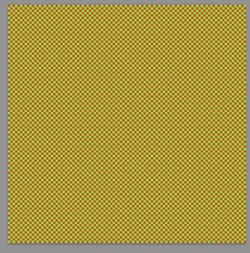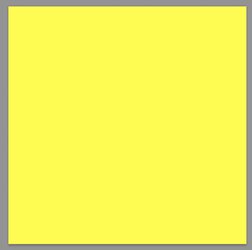avwebmaster
New Member
- Messages
- 1
- Likes
- 0
Welcome to Photoshop Gurus forum. Register a free account today to become a member! It's completely free. Once signed in, you'll enjoy an ad-free experience and be able to participate on this site by adding your own topics and posts, as well as connect with other members through your own private inbox!
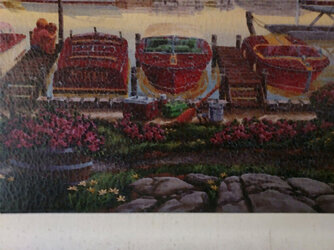
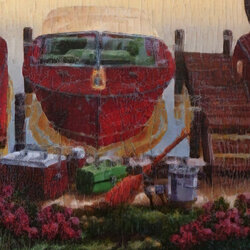
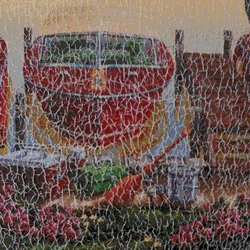
1) A better starting image. I don't now how large the painting is yet it should either be done on a copy stand with uniform lighting or with tripod and uniform to the side lighting. The image provided did not have uniform lighting and best to capture it right instead of trying to compensate in post processing
2) It should be at much higher resolution and save in a lossless compression format (or not compressed) such as PNG or TIFF (not JPEG). The lack of resolution and lossy format used does not allow good recovery

 fineart-restoration.co.uk
fineart-restoration.co.uk
The steps I took were to Use the minimum filter (1 pixel for this images resolution)
Hi Rich, my understanding of the minimum filter and it associated slider is that for the slider value e.g. 1 pixel, it will take every pixel of the original image, look around that pixel by 1 pixel, and take the minimum R, G, B of all those pixels on a channel by channel basis and assign it to the position of the same pixel location in the new image. All pixels will be done in the same fashion. So whites would yield to the surrounding colors. The maximum filter does the same yet looks for the maximum pixel value on a channel by channel basis and use that value to replace the original pixel value. So the maximum of R, G, B is taken.@thebestcpu
John, I had no idea that the Minimum filter could be applicable here. I didn't even know what it did, but I did some research and it seems that the usual situation is to apply a Minimum filter to a layer mask to get rid of halos. In the case of this painting, there is no selection and no mask, so applying the filter directly to the image itself seems very non-intuitive. I tried it myself and it works great, but I'm not sure what the filter is actually doing in this situation. Is it somehow identifying anything it sees as white (i.e., the craquelure) and replacing it with something else?
Rich
